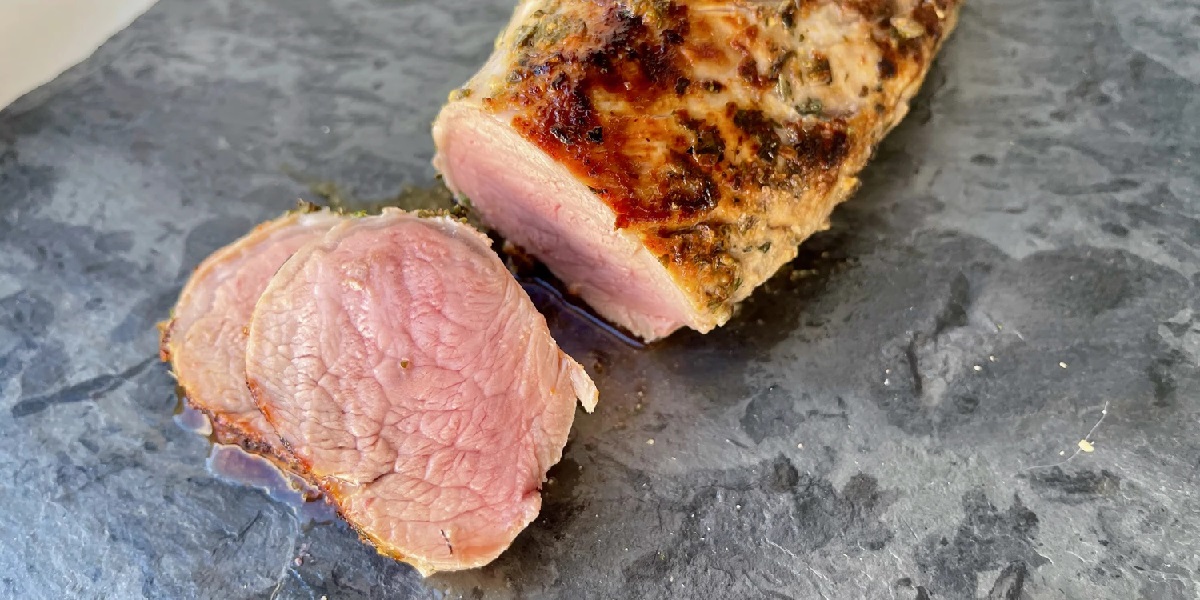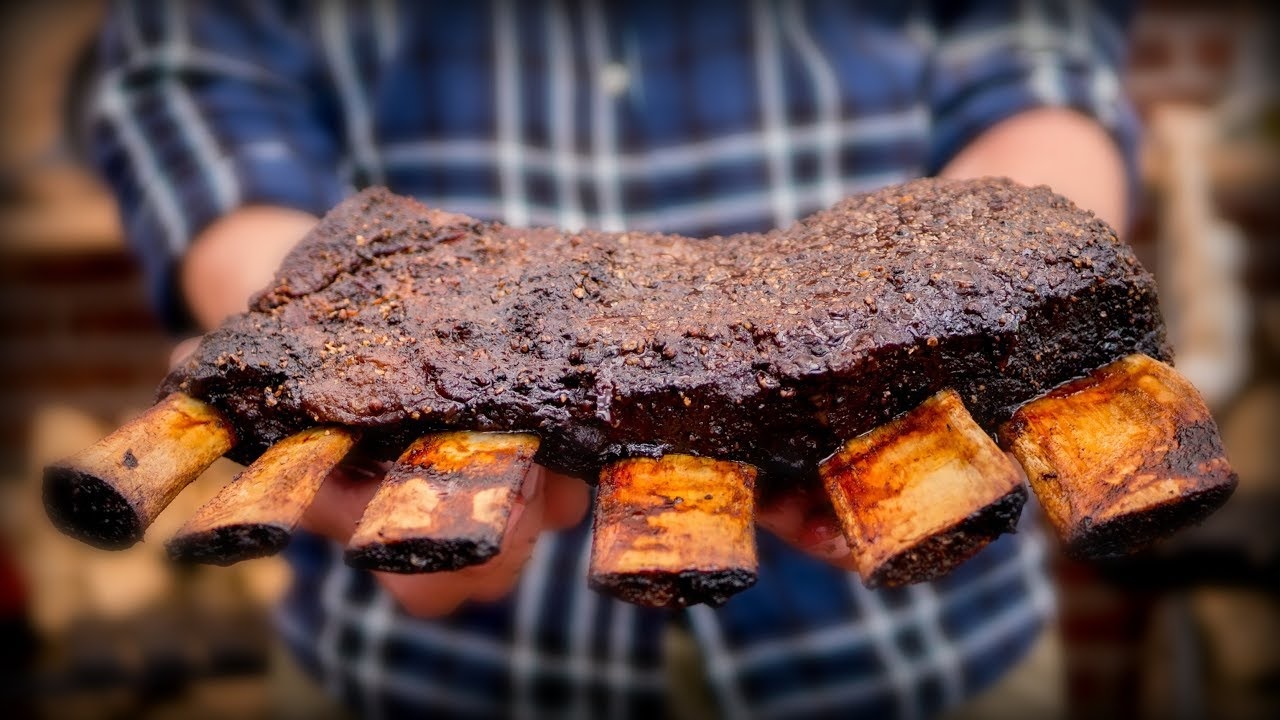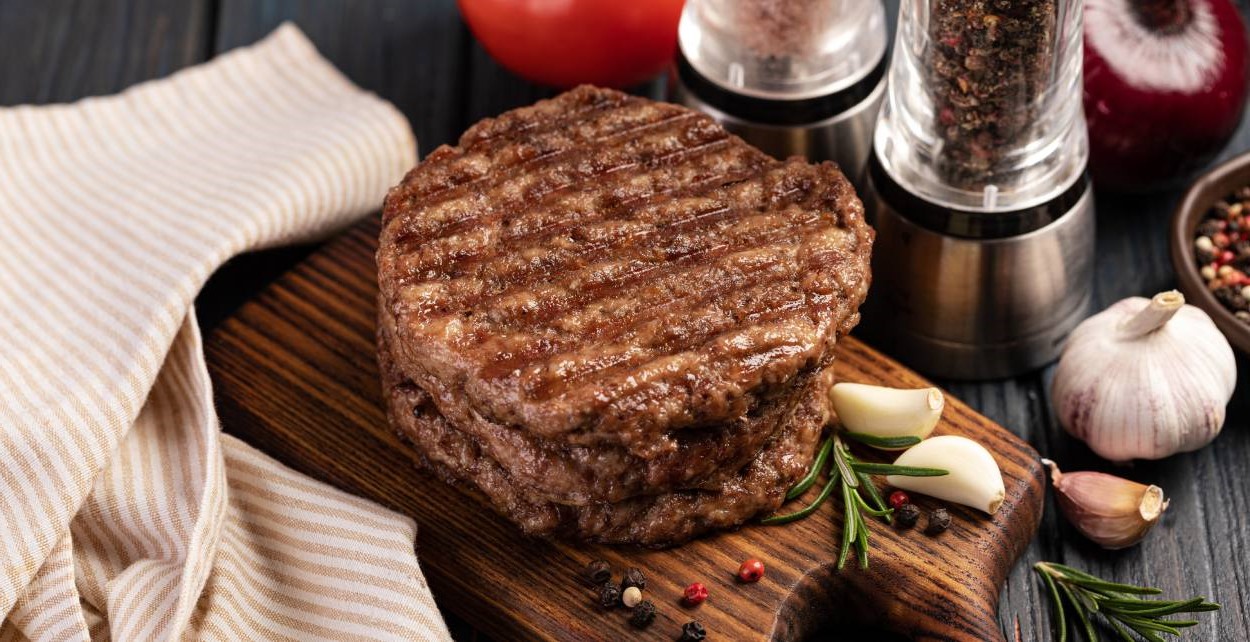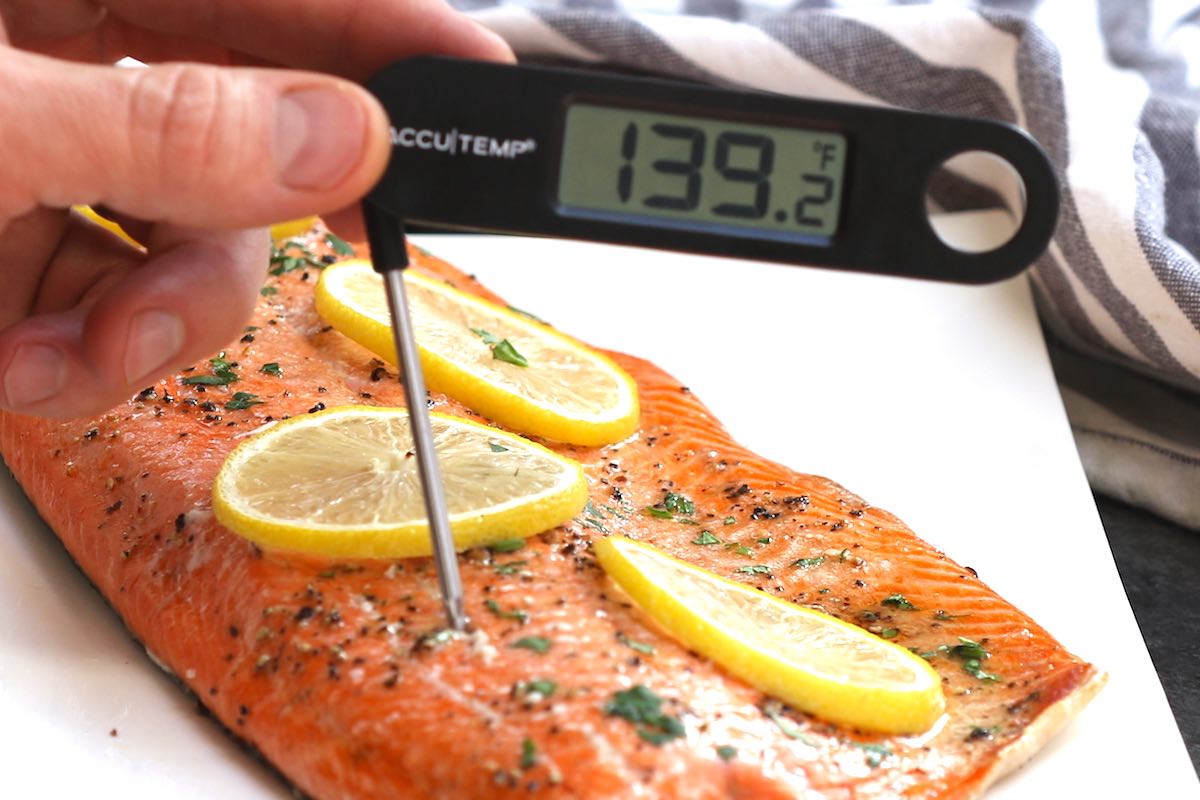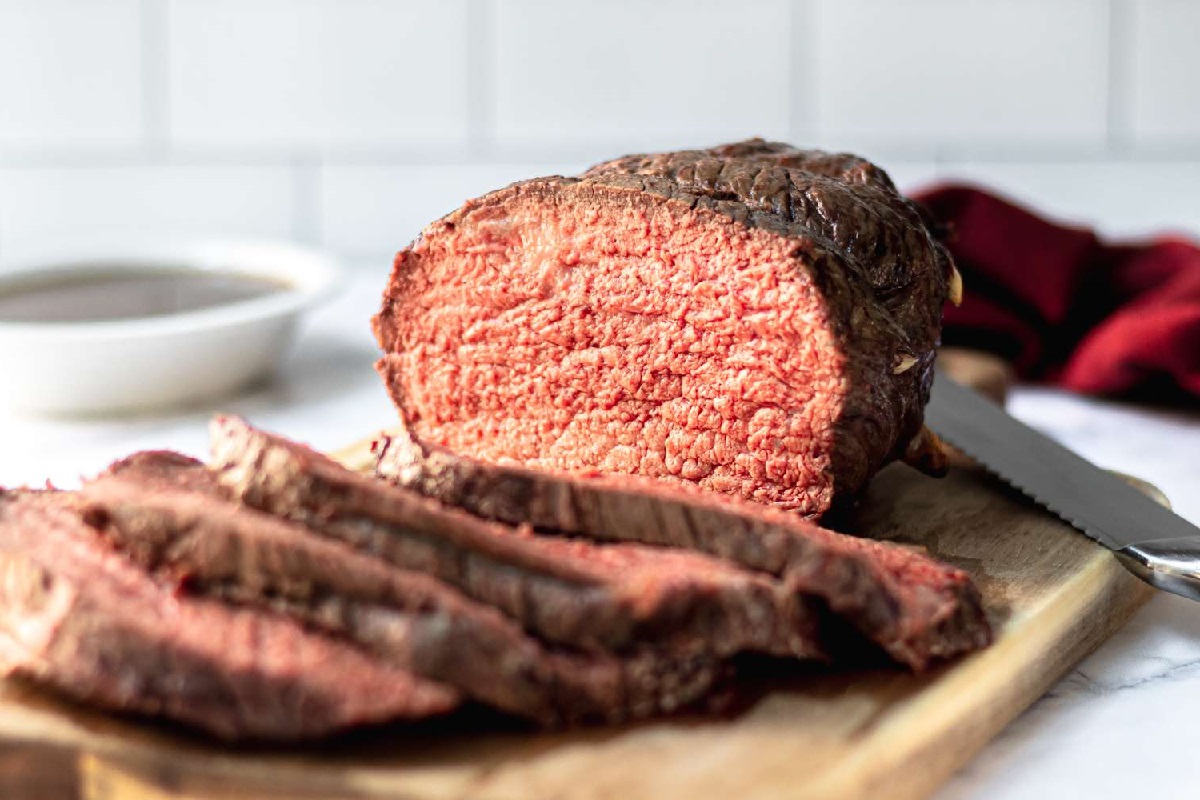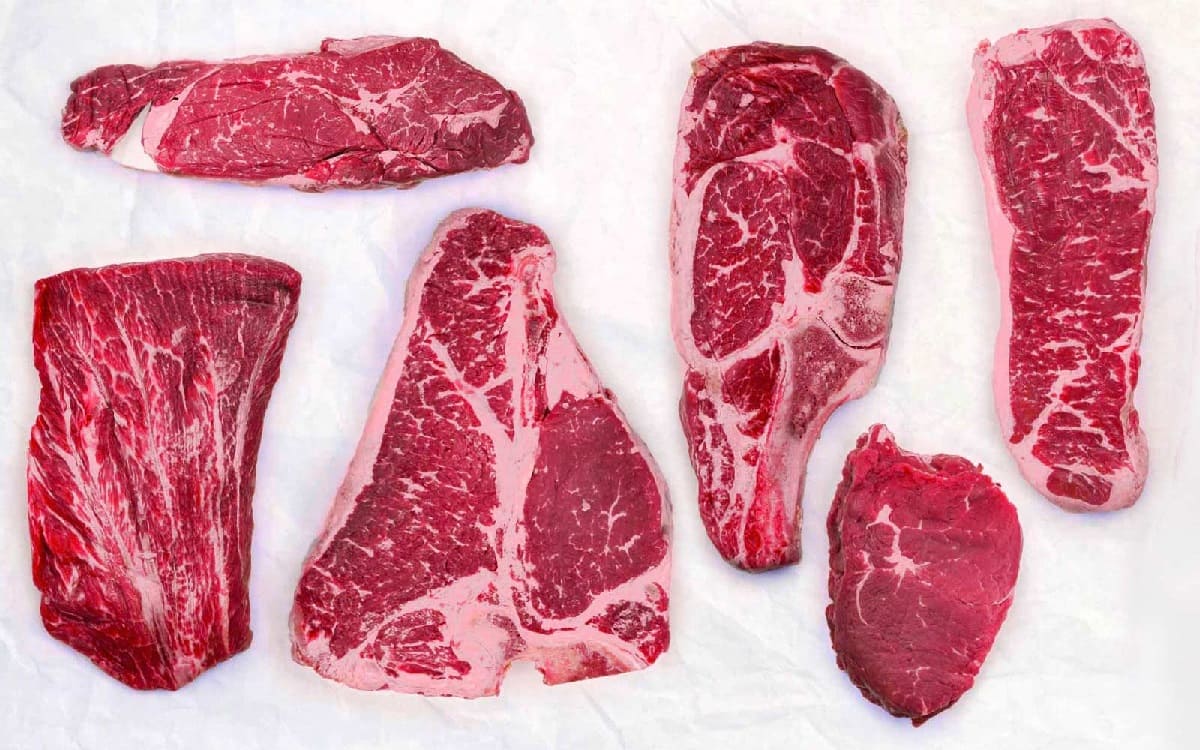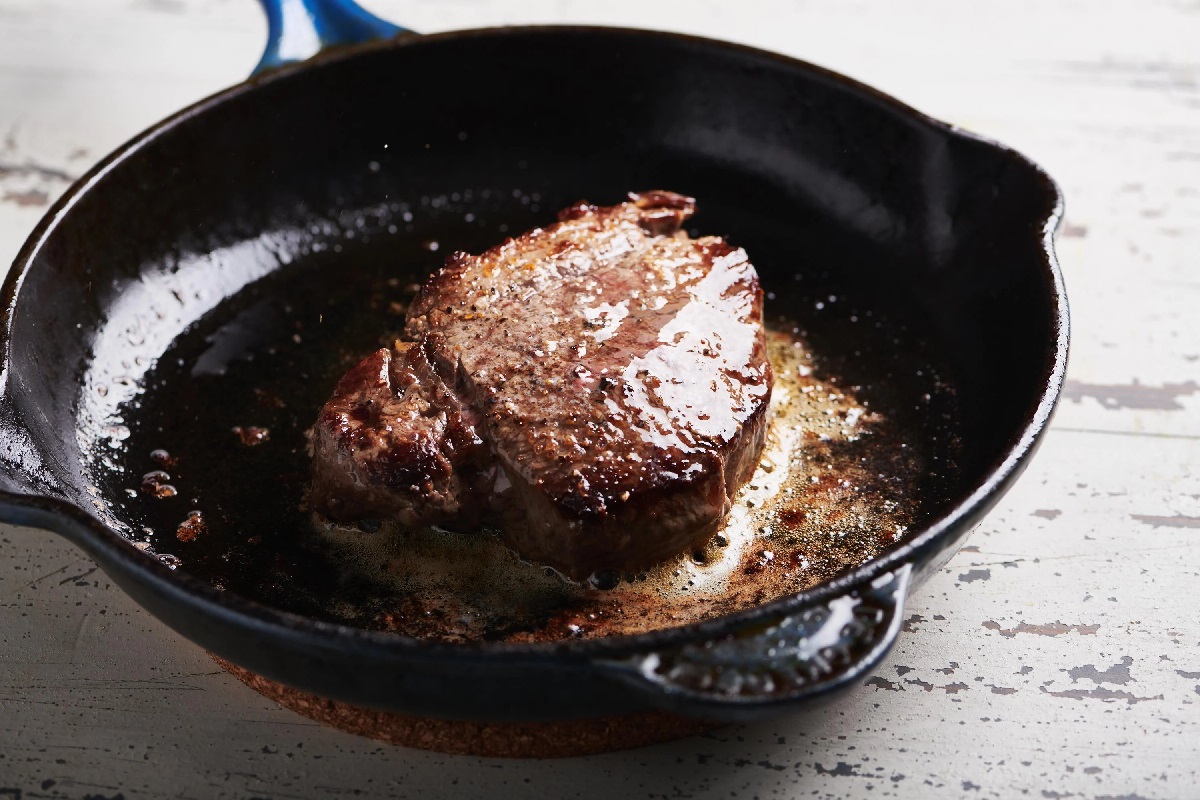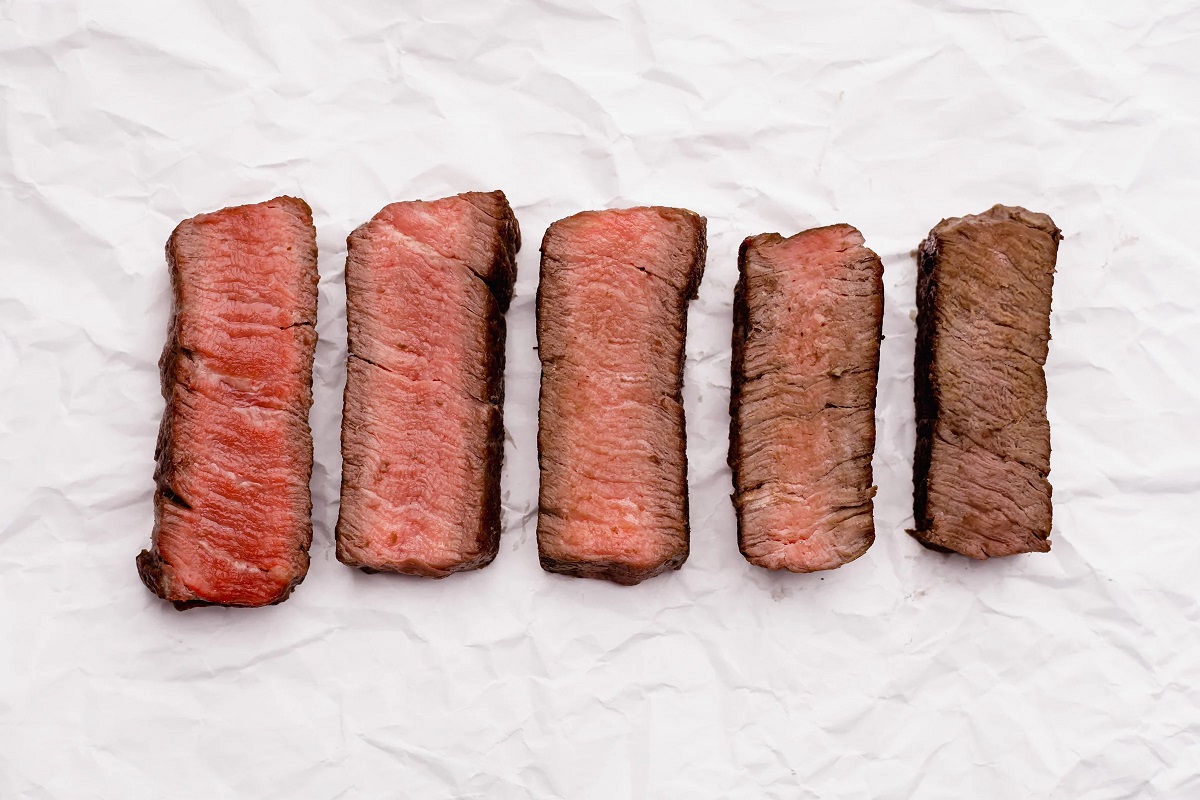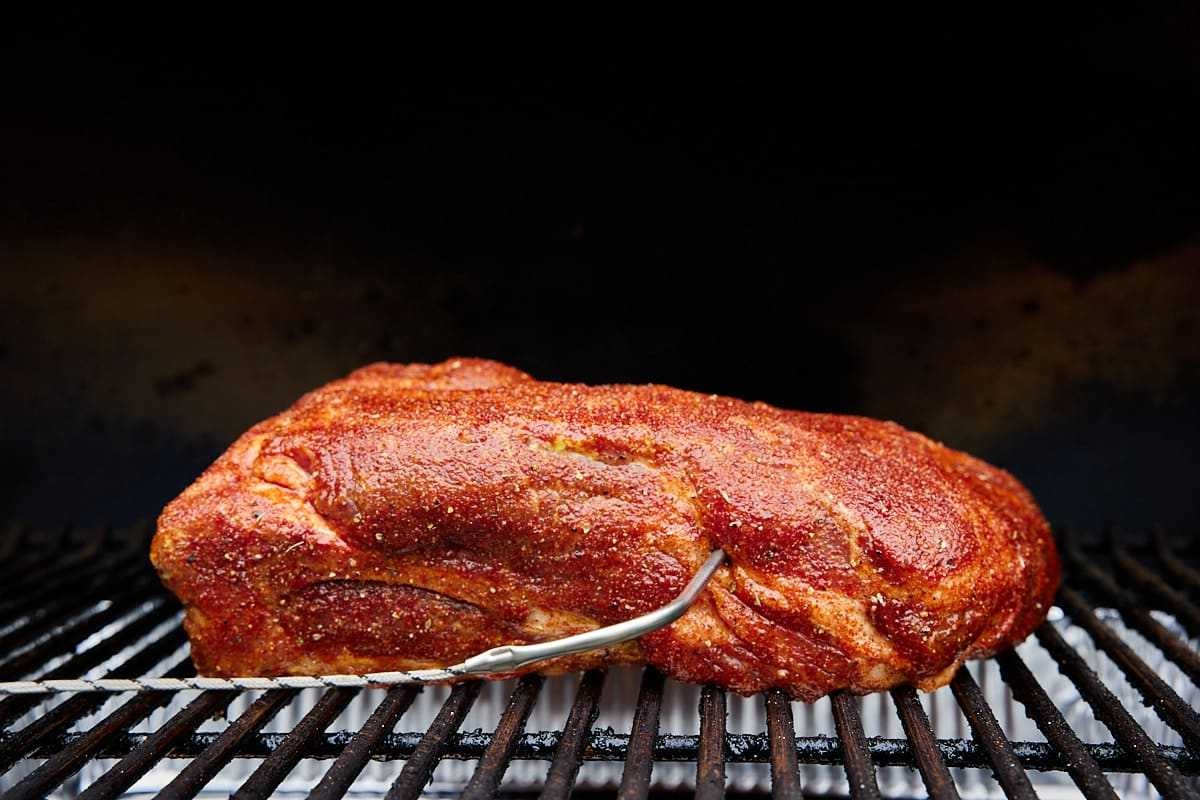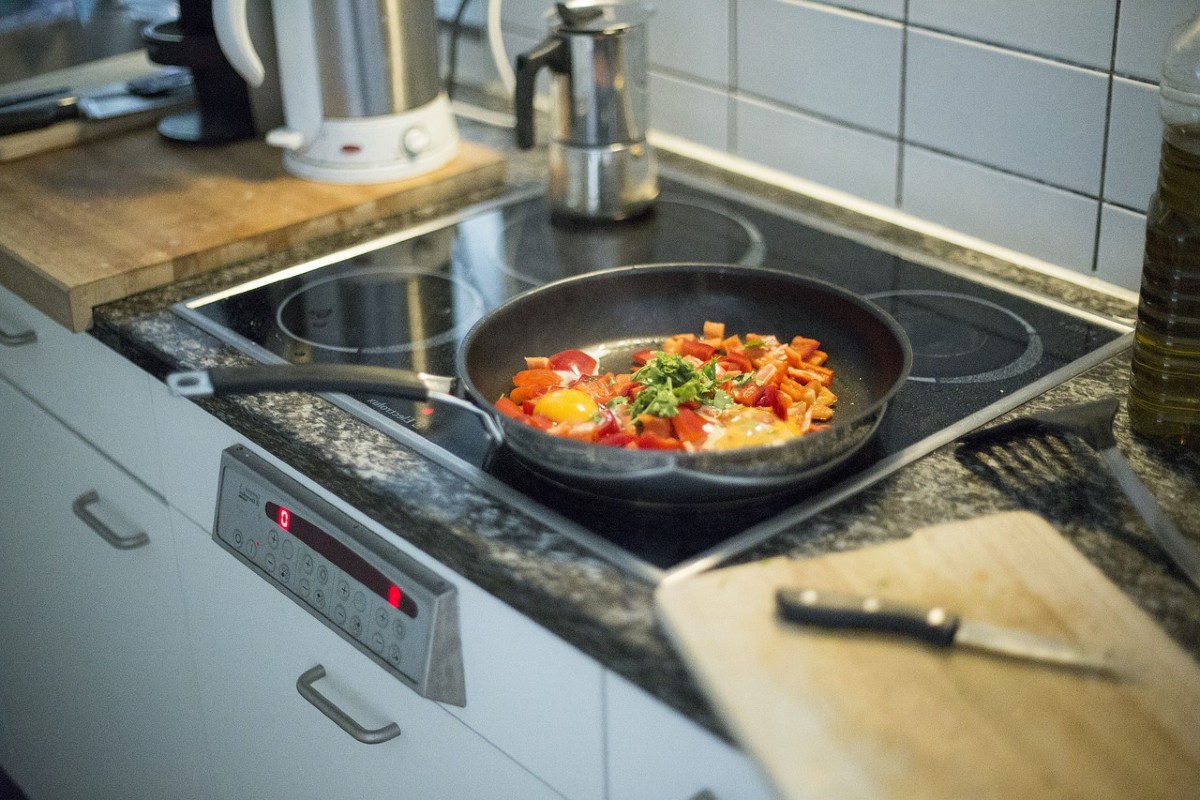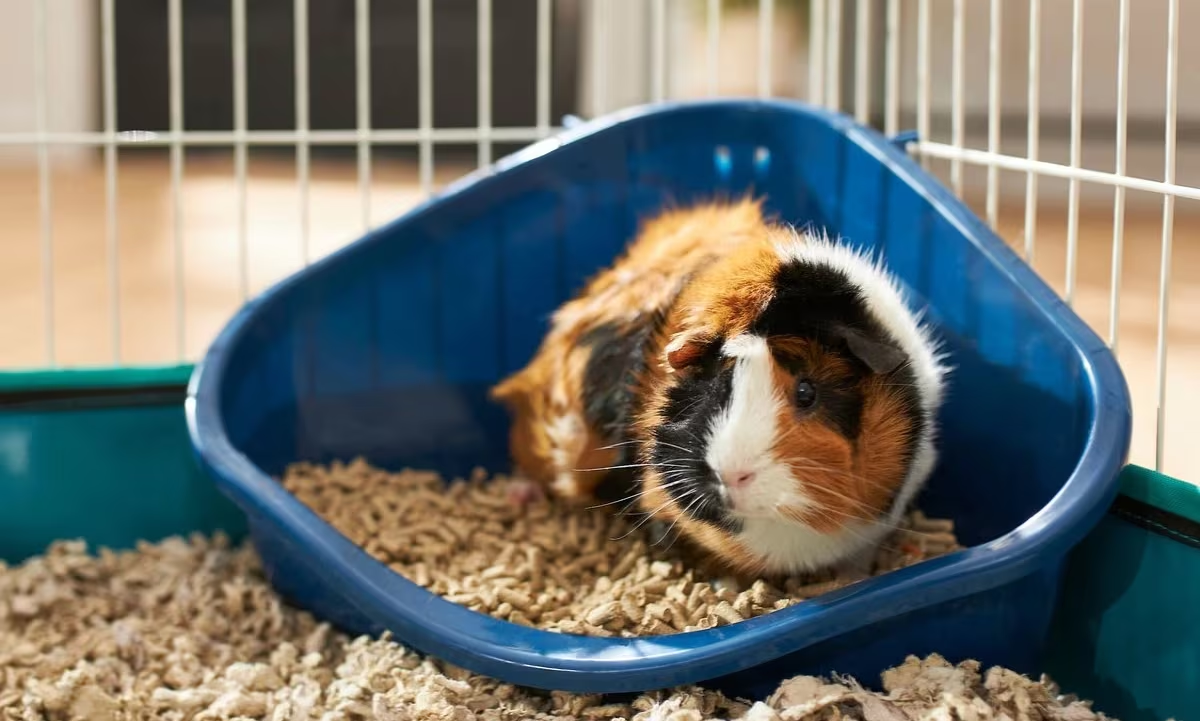Home>Culinary & Beverages>Understanding The Ideal Internal Temperature For Beef: A Guide For Cooking Enthusiasts
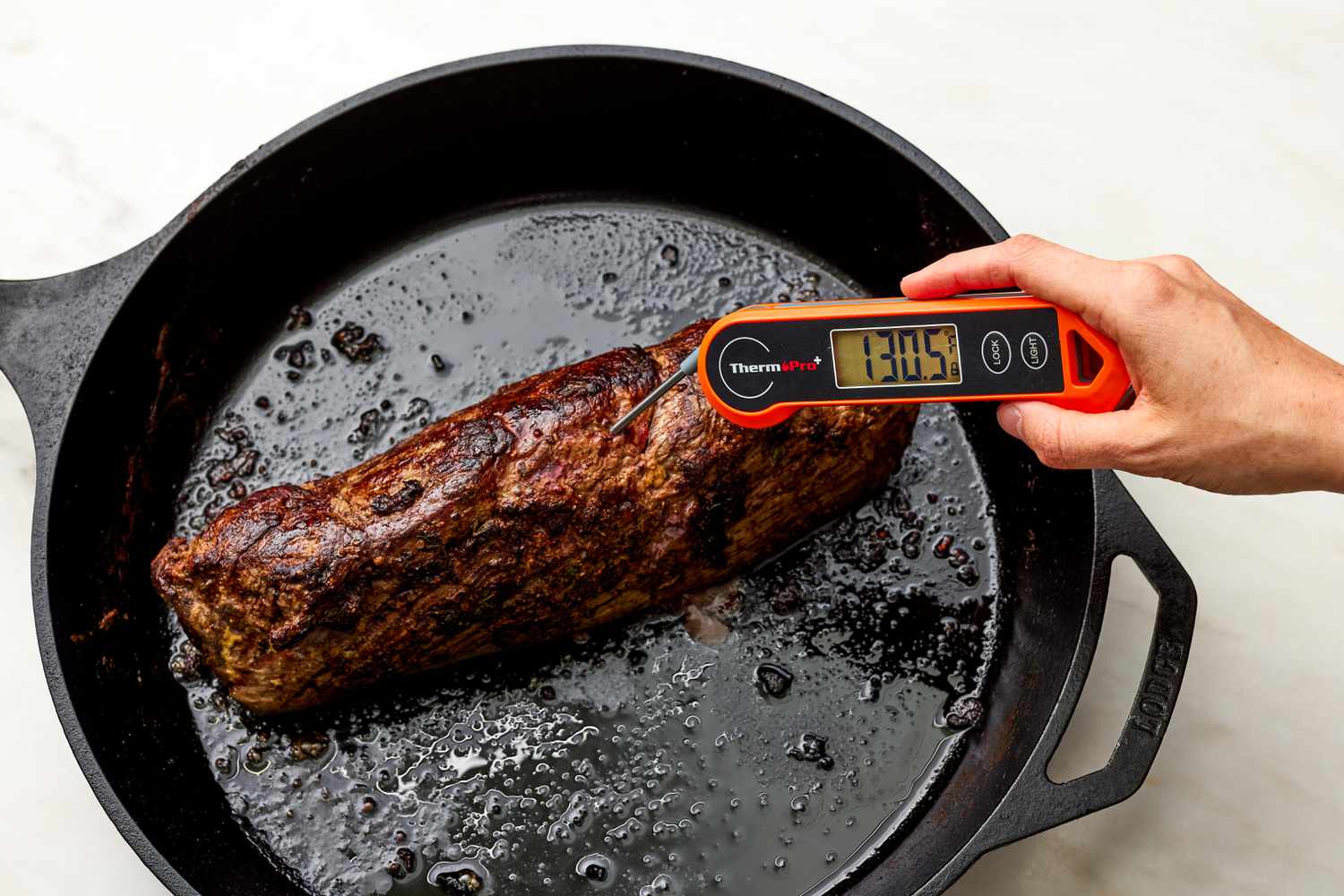

Culinary & Beverages
Understanding The Ideal Internal Temperature For Beef: A Guide For Cooking Enthusiasts
Published: February 22, 2024
Discover the ideal internal temperature for beef with this comprehensive guide for cooking enthusiasts. Perfect your culinary skills with expert tips and techniques.
(Many of the links in this article redirect to a specific reviewed product. Your purchase of these products through affiliate links helps to generate commission for Temperatures.com, at no extra cost. Learn more)
Table of Contents
The Science Behind Beef Internal Temperature
The process of cooking beef is a delicate art that hinges on achieving the ideal internal temperature. Understanding the science behind beef internal temperature is crucial for mastering the culinary craft and ensuring a delectable dining experience.
At its core, the concept of internal temperature revolves around the transformation of beef proteins and the impact of heat on their structure. When beef is subjected to heat, the proteins within the muscle fibers undergo a series of changes. Initially, the proteins denature, causing them to unfold and reorganize. This process is essential for the meat to become tender and palatable.
As the internal temperature of the beef continues to rise, the proteins coagulate, resulting in the firming of the meat. The extent of this coagulation directly influences the texture and doneness of the beef. For instance, a lower internal temperature yields a rare or medium-rare finish, characterized by a tender and juicy consistency. Conversely, a higher internal temperature leads to a well-done outcome, with a firmer texture.
Moreover, the internal temperature of beef is intrinsically linked to food safety. By reaching specific temperature thresholds, harmful bacteria and pathogens are effectively neutralized, ensuring that the beef is safe for consumption.
In essence, the science behind beef internal temperature is a delicate interplay of protein denaturation, coagulation, and food safety considerations. By comprehending these fundamental principles, cooking enthusiasts can elevate their culinary prowess and consistently deliver perfectly cooked beef dishes.
Factors Affecting Beef Internal Temperature
Several factors influence the internal temperature of beef during the cooking process, ultimately shaping the texture, flavor, and overall dining experience. Understanding these variables is pivotal for achieving culinary excellence and ensuring that beef dishes are cooked to perfection.
-
Cut and Thickness: The cut and thickness of the beef significantly impact its internal temperature. Thicker cuts require longer cooking times to evenly distribute heat and reach the desired internal temperature. Conversely, thinner cuts necessitate shorter cooking durations to prevent overcooking.
-
Initial Temperature: The starting temperature of the beef before cooking plays a crucial role in determining the cooking duration and internal temperature. Beef that is closer to room temperature will cook more evenly and require less time to reach the ideal internal temperature compared to meat that is straight from the refrigerator.
-
Cooking Method: The chosen cooking method, whether grilling, roasting, or pan-searing, influences the internal temperature of beef. Each method entails distinct heat distribution and cooking times, directly impacting the beef's internal temperature and doneness.
-
Heat Source and Equipment: The type of heat source and cooking equipment utilized can affect the beef's internal temperature. For instance, cooking over an open flame imparts a different heat profile compared to using an oven or stovetop, necessitating adjustments in cooking times and temperature monitoring.
-
Resting Period: Allowing the beef to rest after cooking is a critical factor in maintaining its internal temperature. During the resting period, the residual heat continues to distribute within the meat, leading to a more consistent internal temperature and enhanced juiciness.
-
Meat Composition and Marbling: The composition and marbling of the beef impact its internal temperature and overall cooking process. Marbled cuts with higher fat content may require different cooking durations and internal temperatures compared to leaner cuts, as the fat distribution influences heat absorption and retention.
By considering these factors, cooking enthusiasts can navigate the intricacies of beef internal temperature with finesse, ensuring that each dish is a testament to culinary mastery and sensory delight.
Recommended Internal Temperature for Different Cuts of Beef
Achieving the perfect internal temperature is pivotal in ensuring that beef dishes are not only safe for consumption but also boast optimal flavor and texture. Different cuts of beef require varying internal temperatures to attain the desired level of doneness, catering to diverse preferences and culinary experiences. Here's a comprehensive guide to the recommended internal temperatures for different cuts of beef:
1. Tenderloin and Ribeye:
- Rare: 120°F to 125°F (49°C to 52°C)
- Medium-Rare: 130°F to 135°F (54°C to 57°C)
- Medium: 140°F to 145°F (60°C to 63°C)
- Well-Done: 150°F to 155°F (66°C to 68°C)
2. Sirloin and Strip Steak:
- Rare: 120°F to 125°F (49°C to 52°C)
- Medium-Rare: 130°F to 135°F (54°C to 57°C)
- Medium: 140°F to 145°F (60°C to 63°C)
- Well-Done: 150°F to 155°F (66°C to 68°C)
3. T-Bone and Porterhouse:
- Rare: 120°F to 125°F (49°C to 52°C)
- Medium-Rare: 130°F to 135°F (54°C to 57°C)
- Medium: 140°F to 145°F (60°C to 63°C)
- Well-Done: 150°F to 155°F (66°C to 68°C)
4. Chuck Roast and Brisket:
- Rare: Not recommended
- Medium-Rare: Not recommended
- Medium: 160°F to 165°F (71°C to 74°C)
- Well-Done: 170°F to 175°F (77°C to 79°C)
5. Ground Beef:
- Rare: Not recommended
- Medium-Rare: Not recommended
- Medium: 160°F (71°C)
- Well-Done: 165°F (74°C)
6. Ribs and Short Ribs:
- Rare: Not recommended
- Medium-Rare: Not recommended
- Medium: 160°F to 165°F (71°C to 74°C)
- Well-Done: 170°F to 175°F (77°C to 79°C)
Read more: Optimal Internal Temperature For Meatloaf
7. Flank Steak and Skirt Steak:
- Rare: 125°F (52°C)
- Medium-Rare: 130°F to 135°F (54°C to 57°C)
- Medium: 140°F to 145°F (60°C to 63°C)
- Well-Done: 150°F to 155°F (66°C to 68°C)
By adhering to these recommended internal temperatures, cooking enthusiasts can expertly tailor their beef dishes to meet diverse preferences, ensuring that each bite is a harmonious symphony of succulence and flavor.
Tips for Achieving the Ideal Internal Temperature
Mastering the art of achieving the ideal internal temperature for beef is a hallmark of culinary expertise. Here are invaluable tips to elevate your cooking prowess and ensure that each beef dish is a testament to precision and flavor:
-
Use a Reliable Meat Thermometer: Investing in a high-quality meat thermometer is non-negotiable when aiming for precision in cooking. A digital instant-read thermometer provides accurate readings within seconds, allowing you to monitor the beef's internal temperature with confidence. Insert the thermometer into the thickest part of the meat, away from bones and fat, to obtain an accurate reading.
-
Consider Carryover Cooking: Understanding the concept of carryover cooking is essential for achieving the perfect internal temperature. Carryover cooking refers to the residual heat within the meat that continues to raise its internal temperature even after it has been removed from the heat source. To account for this, it is advisable to remove the beef from the heat source a few degrees below the target internal temperature, allowing the carryover cooking to bring it to the desired doneness while resting.
-
Optimize Resting Time: Allowing the beef to rest after reaching the ideal internal temperature is a critical step in the cooking process. During this resting period, the juices redistribute within the meat, resulting in enhanced juiciness and tenderness. As a general rule, larger cuts of beef require a longer resting period to ensure that the internal temperature stabilizes and the flavors harmonize.
-
Account for Temperature Gradients: Recognize that the internal temperature of beef is not uniform throughout the entire cut. Temperature gradients exist, with the outer layers typically registering a higher temperature than the center. To mitigate this, after removing the beef from the heat source, tent it loosely with foil and allow it to rest. This facilitates the redistribution of heat, resulting in a more consistent internal temperature.
-
Practice Patience and Precision: Achieving the ideal internal temperature for beef demands patience and precision. Avoid the temptation to rush the cooking process, as hasty decisions can lead to overcooking or undercooking. By meticulously monitoring the internal temperature and adhering to recommended guidelines, you can ensure that each beef dish is a testament to culinary finesse.
By incorporating these tips into your culinary repertoire, you can navigate the nuances of beef internal temperature with finesse, ensuring that each dish is a symphony of succulence and flavor, leaving diners craving for more.
Importance of Resting Beef After Reaching the Ideal Internal Temperature
Resting beef after it has reached the ideal internal temperature is a crucial yet often overlooked step in the culinary process. This period of rest, also known as "carryover cooking," is instrumental in ensuring that the beef achieves optimal tenderness, juiciness, and flavor. Understanding the significance of this resting phase is essential for aspiring chefs and cooking enthusiasts seeking to elevate their culinary creations to new heights.
When beef is subjected to heat during the cooking process, the muscle fibers and proteins undergo significant changes, leading to the redistribution of juices and the tenderization of the meat. However, the journey to achieving the perfect internal temperature does not conclude once the beef is removed from the heat source. Instead, allowing the beef to rest for a designated period is pivotal for several reasons.
First and foremost, resting beef post-cooking enables the redistribution of juices within the meat. As the beef cooks, the heat causes the juices to migrate towards the surface. Allowing the beef to rest facilitates the reabsorption of these flavorful juices back into the muscle fibers, resulting in a more evenly moist and succulent texture throughout the entire cut.
Moreover, the resting period allows the internal temperature of the beef to stabilize. While the beef rests, the residual heat continues to disperse within the meat, leading to a more uniform internal temperature. This ensures that the beef is not only cooked to the desired level of doneness but also maintains its ideal internal temperature, contributing to a consistent and enjoyable dining experience.
Additionally, resting beef after reaching the ideal internal temperature contributes to the enhancement of flavor profiles. During the cooking process, the proteins within the beef undergo denaturation and coagulation, resulting in a restructuring of the meat's composition. Allowing the beef to rest enables these processes to harmonize, culminating in a more balanced and developed flavor profile.
Furthermore, the resting period offers an opportunity for the beef to become more tender and easier to carve. As the residual heat gently permeates the meat during the resting phase, the muscle fibers relax, contributing to a more tender and palatable texture. This not only enhances the dining experience but also simplifies the carving and serving process, ensuring that each slice of beef is a testament to culinary finesse.
In essence, the importance of resting beef after it has reached the ideal internal temperature cannot be overstated. This critical phase in the cooking process is integral to achieving beef dishes that are not only safe and flavorful but also tender, succulent, and consistently delightful. By recognizing and embracing the significance of this resting period, cooking enthusiasts can elevate their culinary creations to new heights, ensuring that each bite of beef is a symphony of sensory delight.
